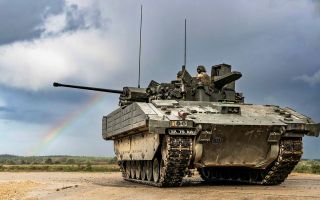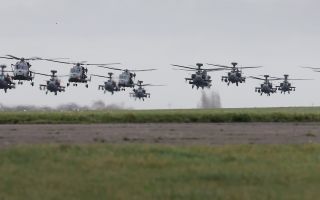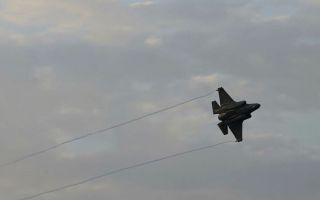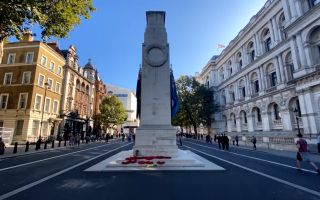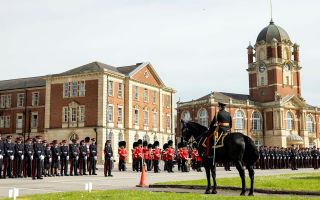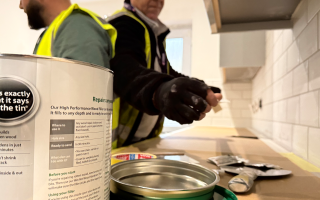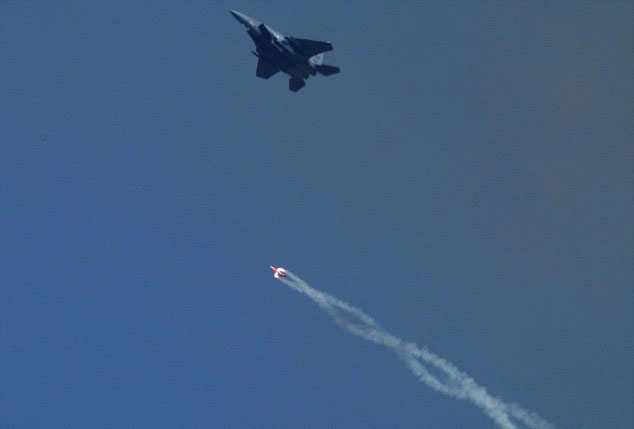
Tri-Service
America's Most Dangerous Nuclear Weapon Passes Critical Test

The B61-12 is a guided nuclear bomb, but no, it’s not a secret new weapon engineered by the Americans, it’s being classified as an “upgrade” – replacing or refurbishing the free-fall gravity bombs used previously.
The Life Extension Program was launched in February 2012 as a way to extend the usability of older B61 nuclear weapons while making them safer, more usable and more reliable.
As an old fashioned ‘dumb’ bomb it has no role in US or NATO nuclear doctrine, but the upgrade has gone ahead anyway, in large part as a result of lobbying by the nuclear weapons laboratories.
Now, the National Nuclear Security Administration (NNSA) and United States Air Force have carried out the third development rest of the unarmed B61-12 nuclear gravity bomb at Nevada's Tonopah Test Range. This test is the last of three development flight tests for the B61-12 Life Extension Program (LEP).
More From Forces TV: Cockpit View of a Simulated Nuclear Airstrike
The nuclear gravity bomb did not contain any enriched nuclear material. However, NNSA Deputy Administrator Madelyn Creedon said that:
The test “provides additional evidence of the nation’s continued commitment to our nation’s security and that of our allies and partners.”
Everything reportedly went as planned, and the telemetry, tracking, and video data were all collected without issue. In a word, it was a success.
More From Forces TV: Footage Released Of Nuclear 'Minuteman' Missile Test Launch
Formerly the B-61 bombs [pictured] were completely unguided ordinance bombs dropped from airplanes, but the $8 billion refurbishment programme has added new tail sections featuring a GPS-enabled inertial navigation system.
This enables the bomb to hit targets far more precisely than its predecessors keeping them active and relevant until 2040.
The B-52 Stratofortress plane was one of many planes cleared to deploy the B-61 bomb.
They may not be cruise missiles, but they do have the targeting ability required of a tactical nuclear weapon and eventually 400 – 500 B-61 bombs will be refurbished.
Importantly, the bomb uses "Dial-a-yield" technology. It means that the operator of any particular bomb has the capability of "dialing in" a yield of anywhere from .3 to 340 kilotons.
The yield can also be adjusted before launch, which some argue make it more usable and, therefore, more dangerous.
So far, most of the criticism of B61-12 has focused on its price tag. It seems like a lot of money to spend on an obsolete weapon. Once full production commences in 2020, the program will cost more than $11 billion for about 400 to 480 bombs—more than double the original estimate, making it the most expensive nuclear bomb ever built.
Want to see footage of the largest bomb ever dropped? Click here.




